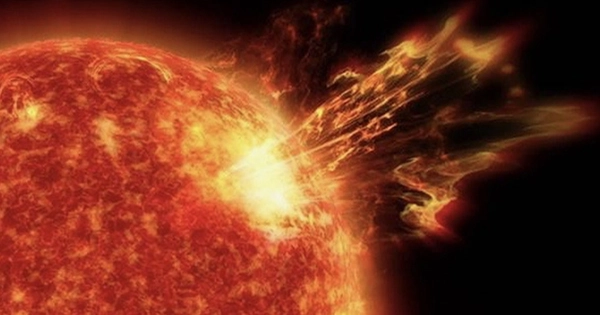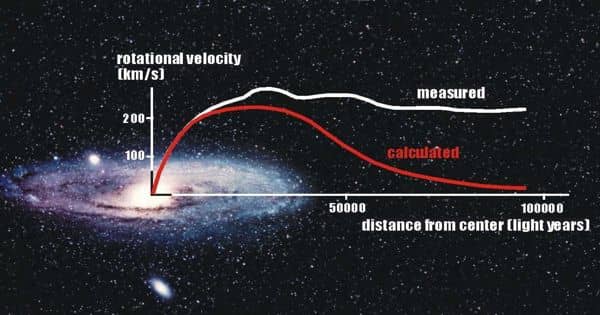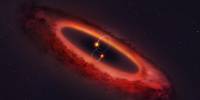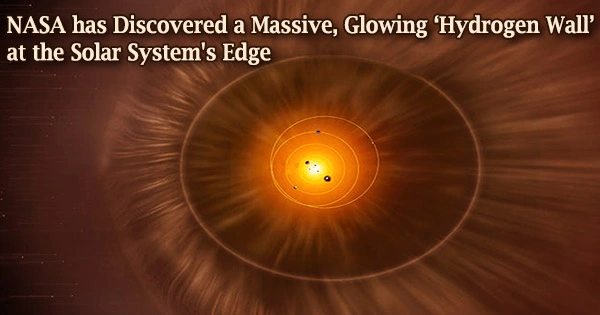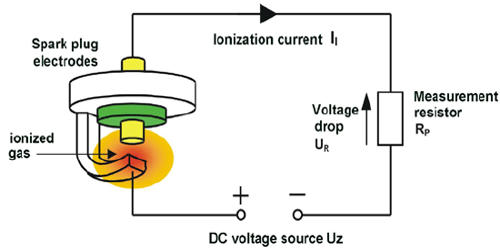Recently, the Sun has been quite active, exciting both professional and amateur astronomers. This past week, it intensified the situation with a powerful explosion on its far side that released a stunning full-halo coronal mass ejection (CME), which researchers have dubbed “no ordinary occurrence.” Fortunately, Earth was out of the way, but Venus was, and she suffered a second blow in less than a week.
Venus wasn’t the only one who suffered a blow. The Solar Orbitor, operated by the European Space Agency and NASA, was preparing to conduct a flyby when the first CME that struck Venus on September 1 managed to catch it. Fortunately, the CME had no impact on the spacecraft. In fact, this opens up new opportunities for studying CMEs from the Sun’s far side.
On September 5, the second one was quite powerful and sent a massive M-2 class flare into the Solar System.
“This is not your typical event. For years to come, this will be the subject of numerous scientific studies “Spaceweather.com was informed by George Ho, the instrument’s main investigator for the energetic particle detector on board Solar Orbitor.
“I can confidently state that the occurrence on September 5th was one of the biggest solar energetic particle (SEP) storms we have witnessed so far since Solar Orbiter was launched in 2020, if not THE biggest. It is at least a factor of ten stronger than the radiation storm caused by the CME from last week.”
When sunspots flare and explode, charged particles are launched into space as CMEs. When these particles are directed toward Earth, the magnetic field of the planet can direct them toward the geomagnetic poles, producing stunning auroras. Large geomagnetic storms brought on by strong CMEs have the potential to disrupt technology and perhaps result in radio blackouts.
The massive CME most likely originated from the same sunspot that earlier in the week attacked Venus. The active sunspot, AR 3088, first appeared in August and has grown larger and angrier since transiting the far side of the Sun. We might not yet be out of the firing line since the Sun will turn around to face us in less than a week due to its spin.
